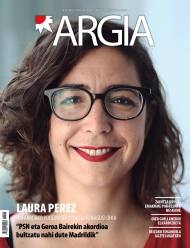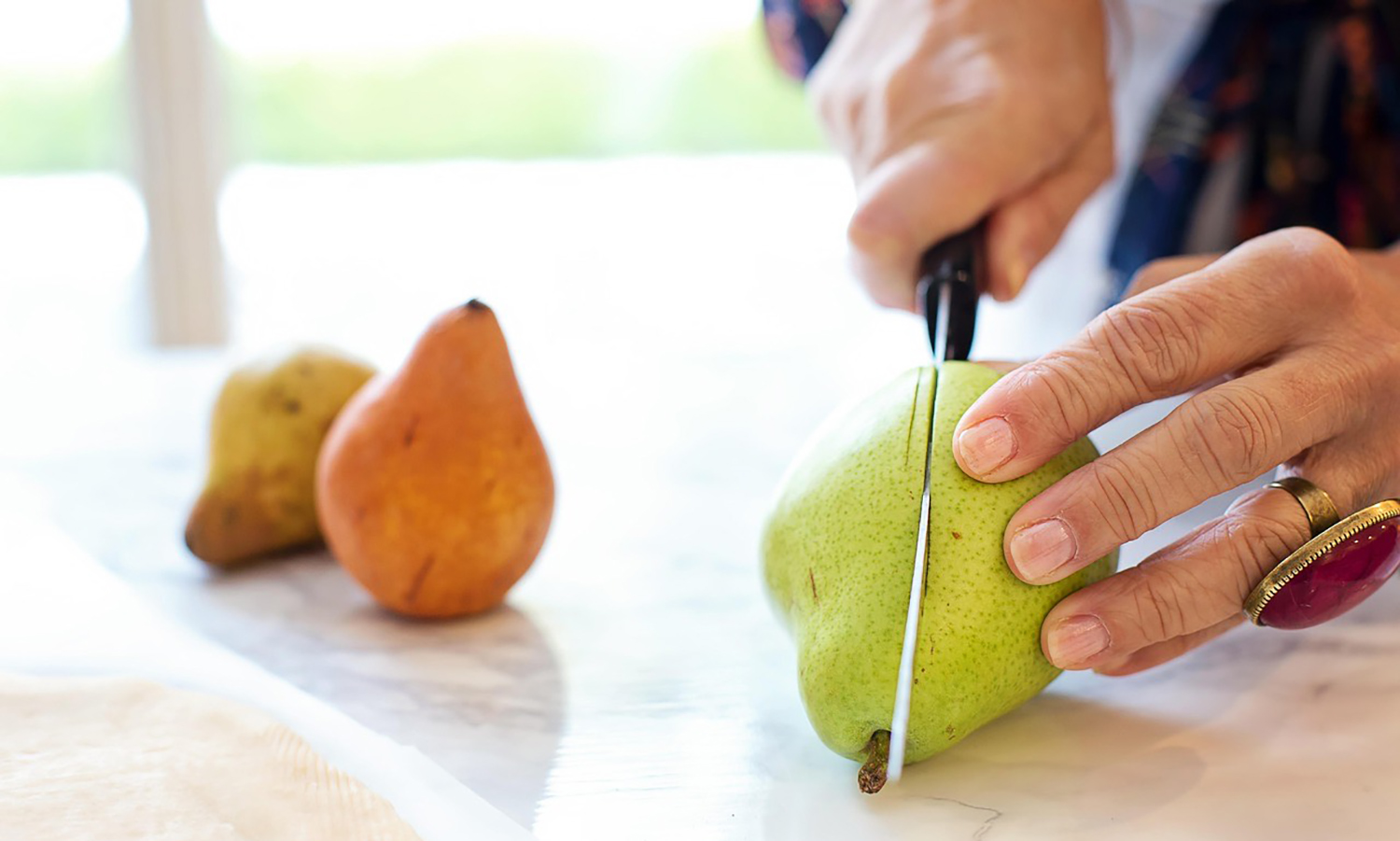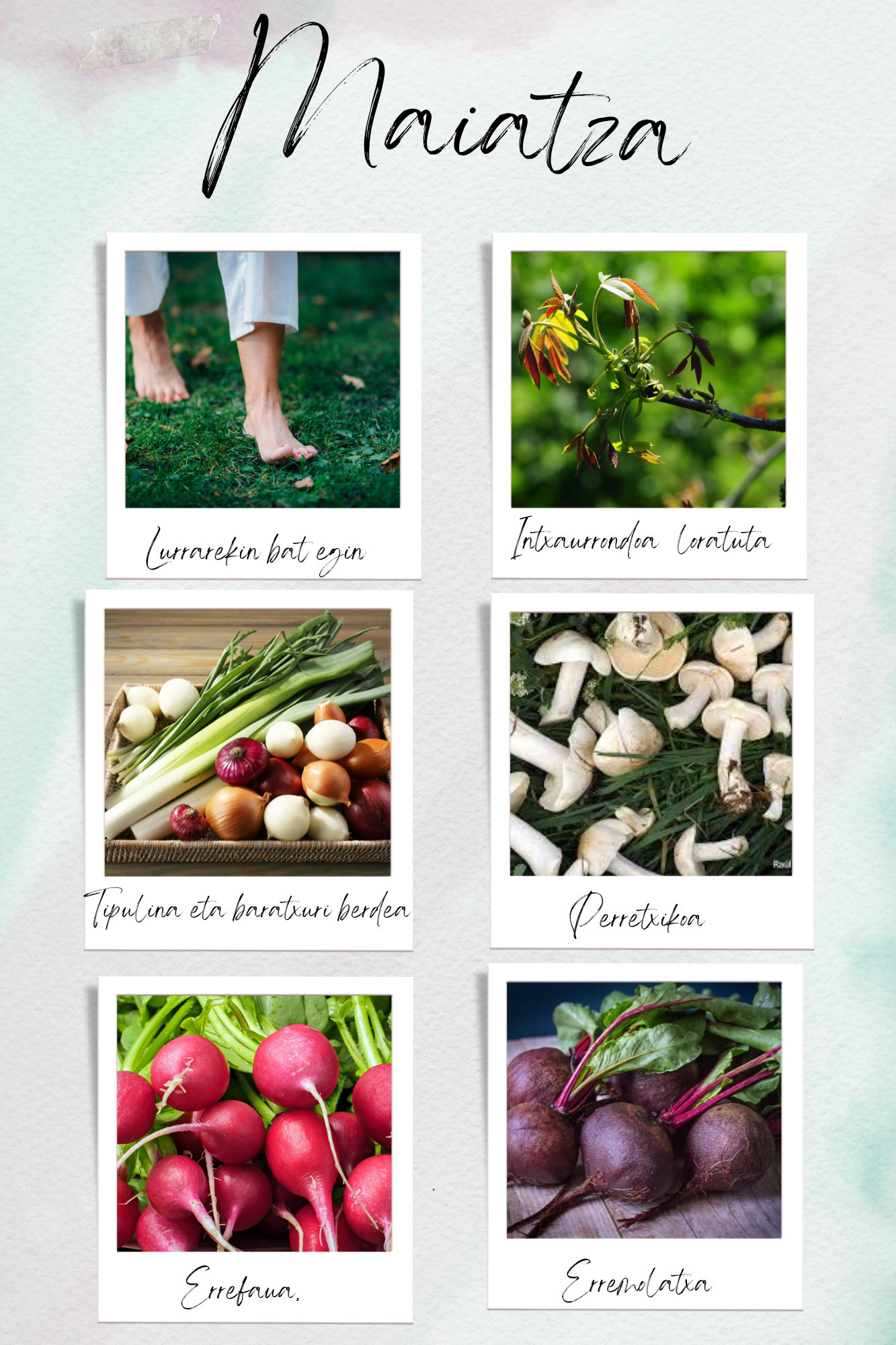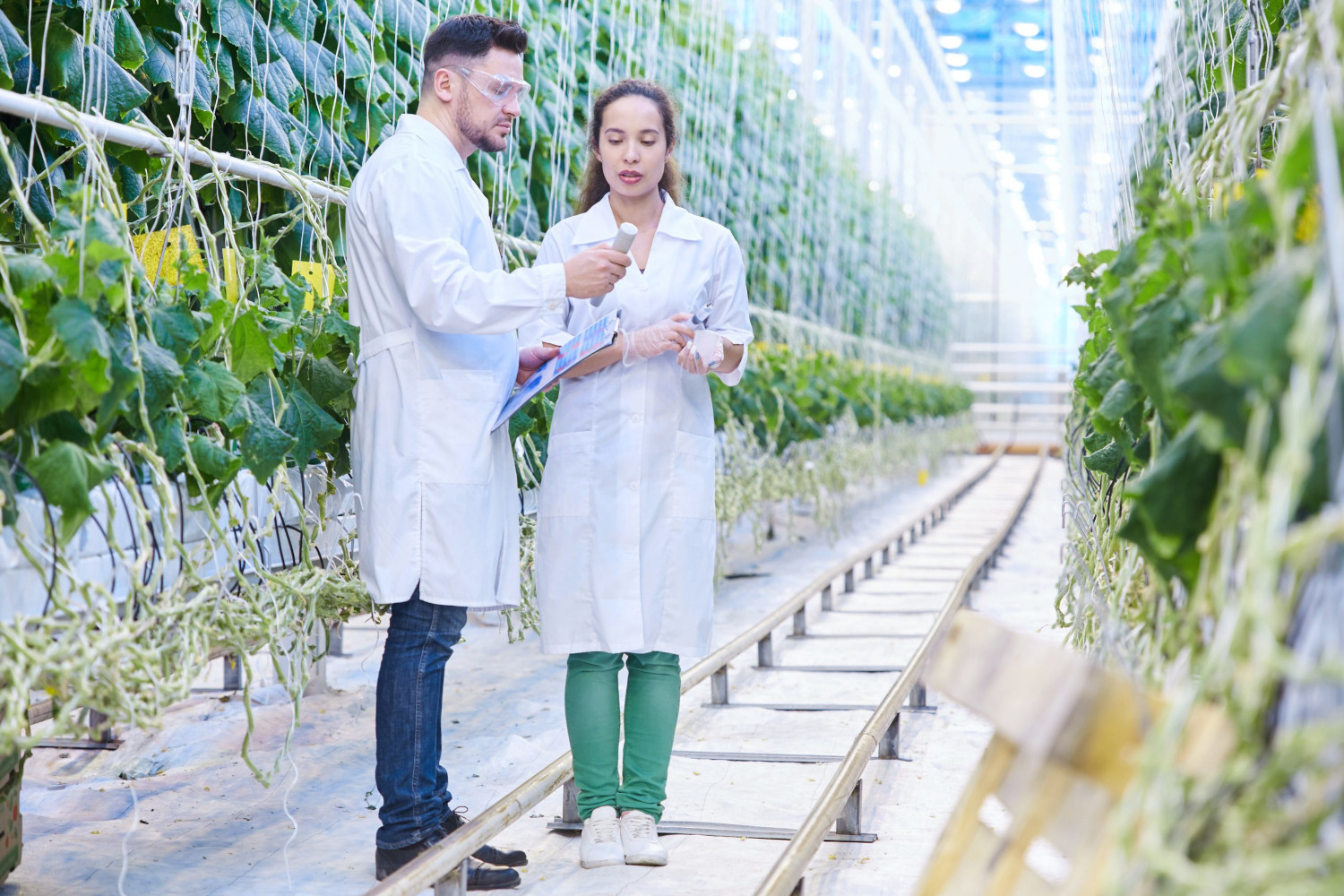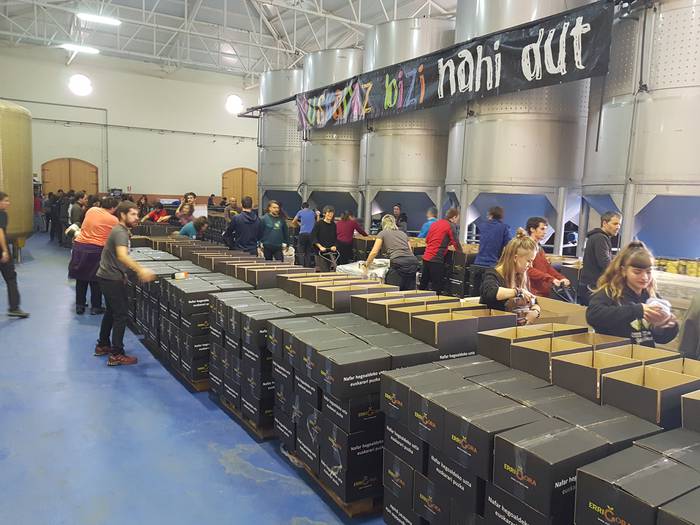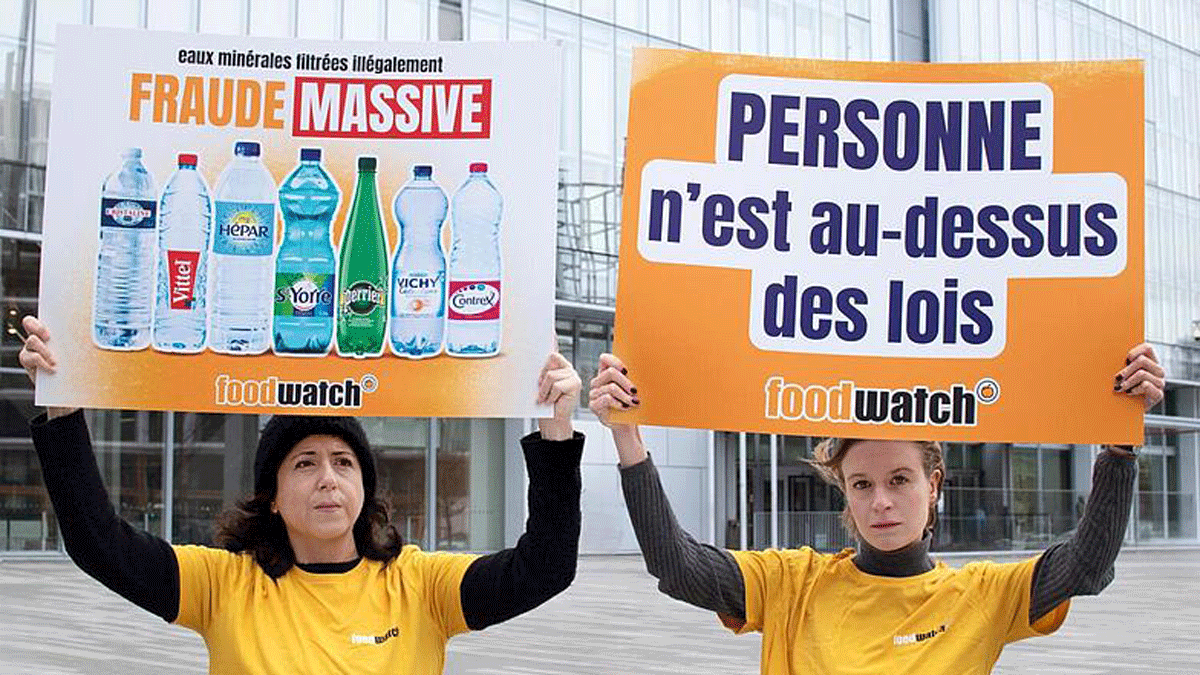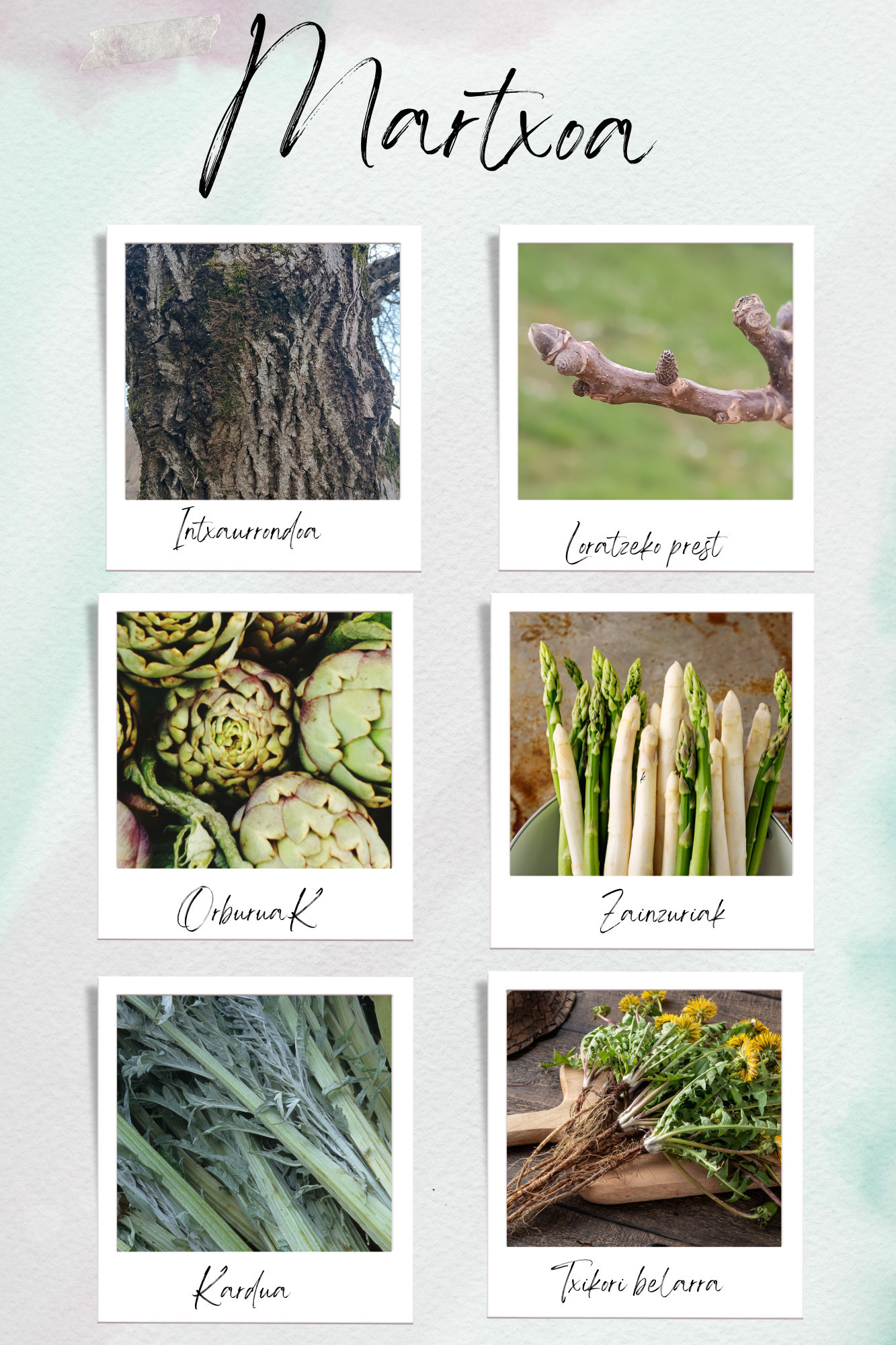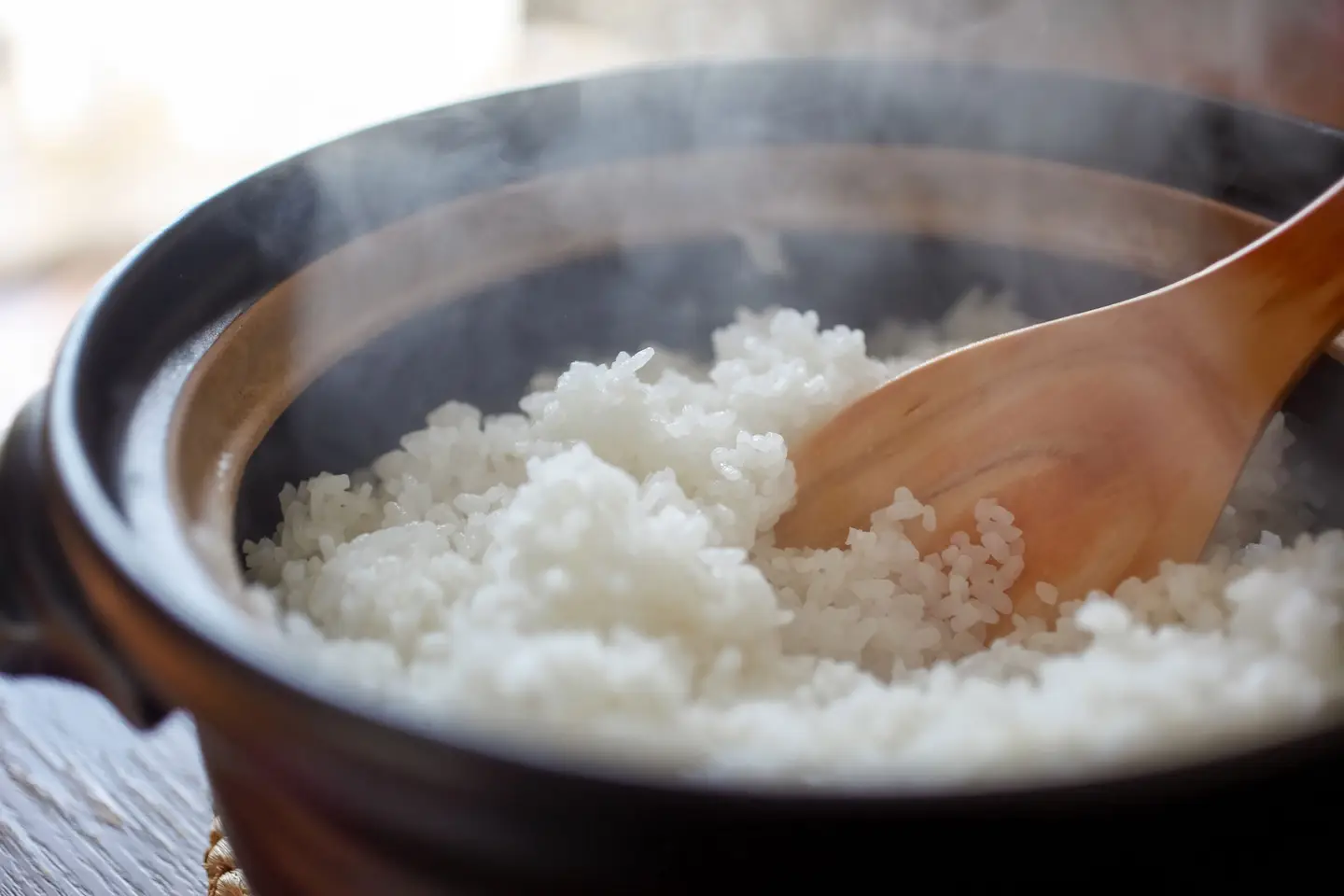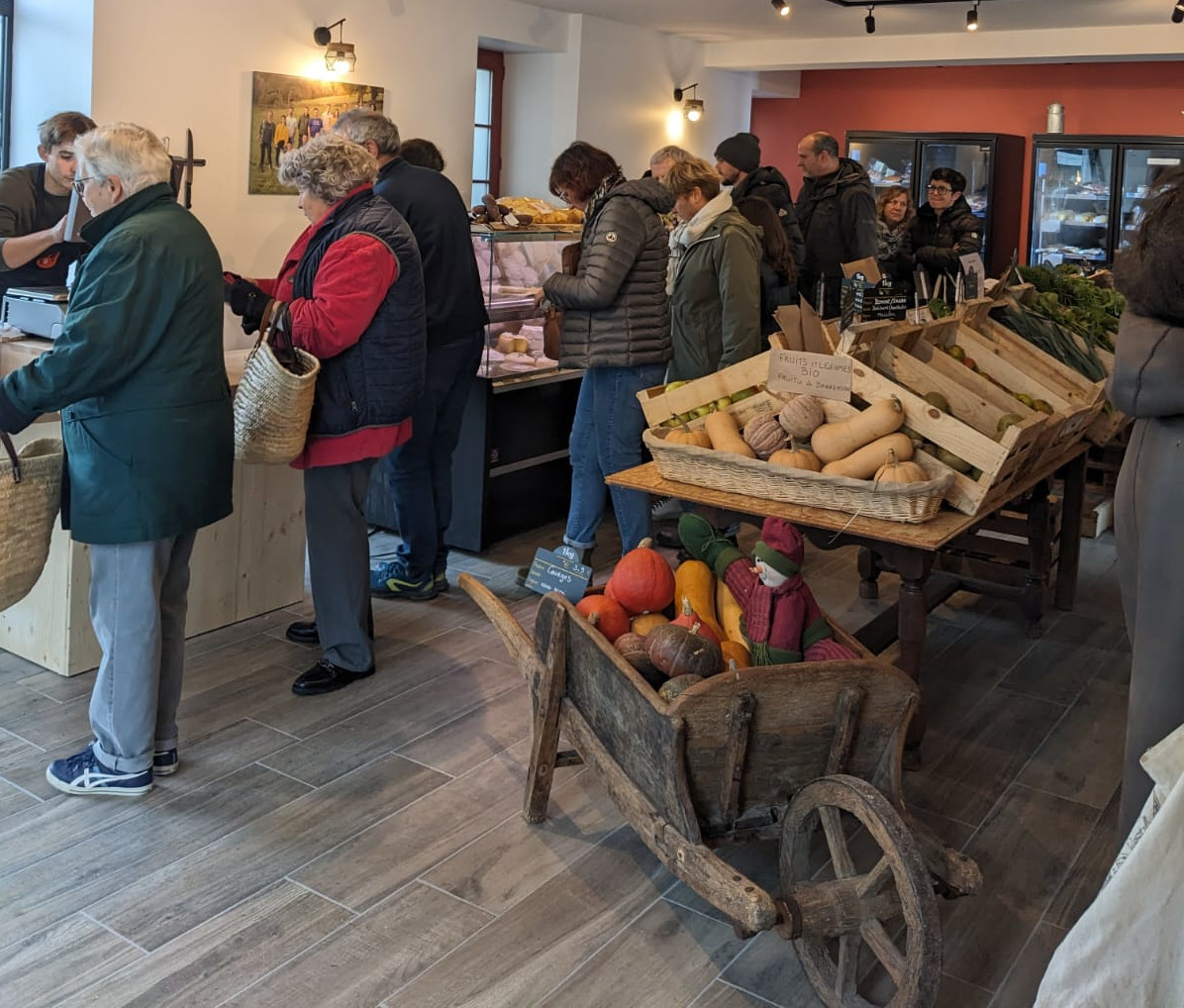The Strength of a Coma
- Germany 1870. Chemist Erich von Wolf examined green leafy vegetables to figure out how much iron they contained. The results of the study were written in a notebook in which the spinach clearly stood out: In 100 grams of spinach there were 35 milligrams of iron, while in lentils, which we have as good sources of iron, it moves around 8 milligrams. Beware!
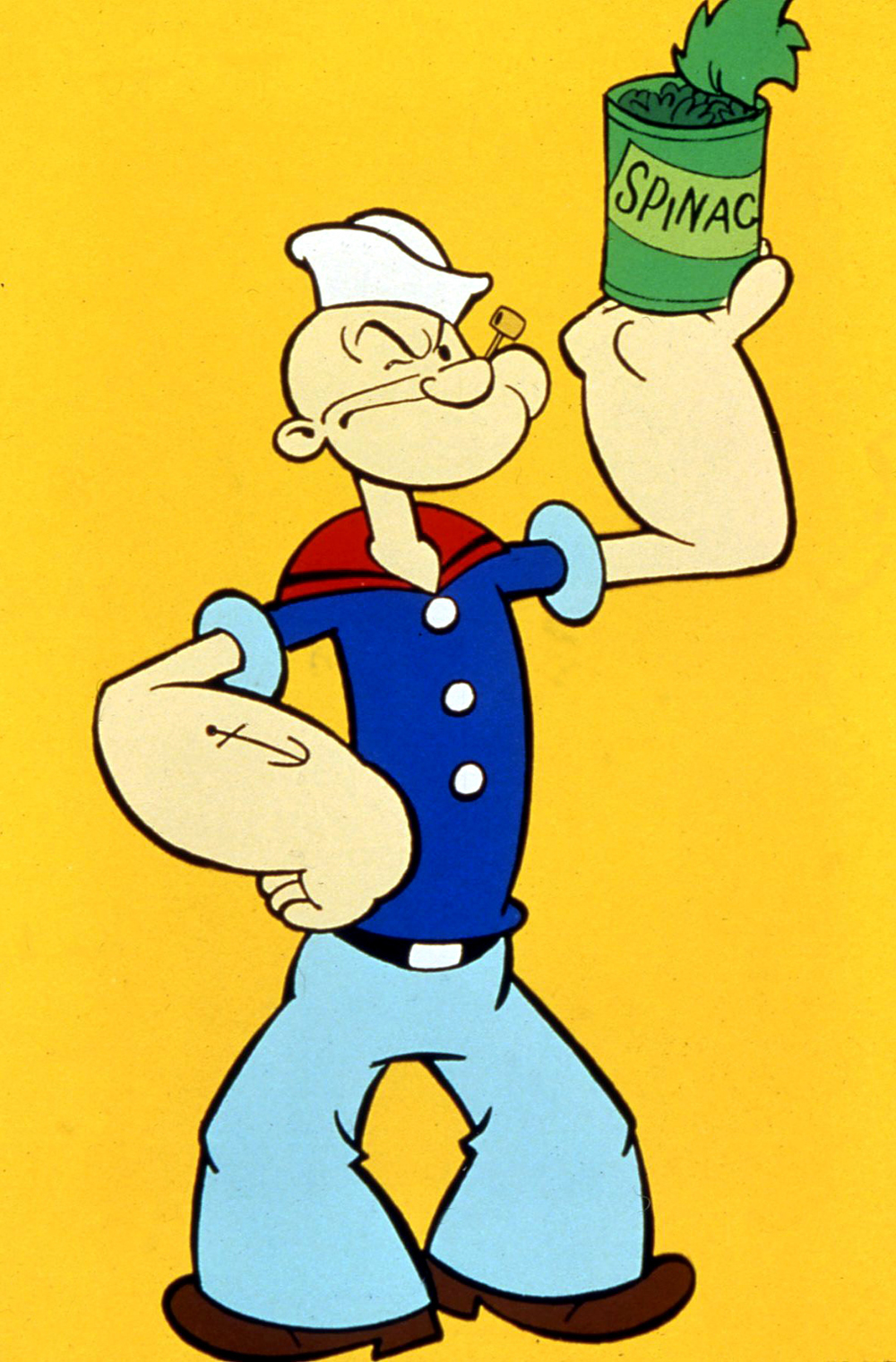
In early 1929 the comic strip of the character Popeye was first published in the United States, created by the cartoonist Elzie Crisler Segar. The comic was then called the Thimble Theater. Originally, the sailor got an extraordinary force by rubbing the head of a hen called Bernice. But in 1932, Segar changed the unusual source of energy: from then on, super power would be devoured by spinach.
In the 1930s, due to the crisis caused by the 1929 Krax, infant anemia was growing a lot; the adventures of Popeye and his friends were a perfect campaign to improve child nutrition. The character Olive Oyl, who would later be his girlfriend, could be a subtle campaign in favor of the consumption of olive oil, but it did not have much influence. But Popeye's spinach does. The production and sale of this vegetable increased considerably; a 2006 study showed that children eat spinach much more easily after seeing Popeye's cartoons.
In 1937, another German chemist, Werner Schuphan, re-examined the ingredients of vegetables and deduced that the amount of iron from spinach was 3.5 milligrams per 100 grams. Von Wolf was roughly one-tenth of the result, and so he came to the conclusion that the other chemist had been forgotten to make a comma or would lose that fundamental comma in some transcription or copy of that data. But the wrong data was stronger than the truth.
1981: Terence J. The English immunohematologist Hamblin published an article in the British Medical Journal in which he tried to definitely break the myth of spinach iron. In addition to emphasizing that the amount of iron was ten times lower than was thought, he explained that it is very difficult for the human body to absorb iron from products without hemoglobin because, in addition, oxalate salts, calcium, magnesium and fiber contained in spinach make it even more difficult. We aspirated only 2-7% of the total iron of spinach. “If Popeye wanted iron, it would have been best to chew the can of spinach jars,” Hamblin wrote.
It did not achieve its goal and today spinach is considered the main source of iron. Not bad that they don't provide iron but they have many other beneficial properties.
Florentzia, 1886. Carlo Collodi Le avventure de Pinocchio eleberri ezagunaren egileak zera idatzi zuen pizzari buruz: “Labean txigortutako ogi orea, gainean eskura dagoen edozer gauzaz egindako saltsa duena”. Pizza hark “zikinkeria konplexu tankera” zuela... [+]
Udaberrian orain dela egun gutxi sartu gara eta intxaurrondoa dut maisu. Lasai sentitzen dut, konfiantzaz, bere prozesuan, ziklo berria hasten. Plan eta ohitura berriak hartu ditut apirilean, sasoitu naiz, bizitzan proiektu berriei heltzeko konfiantzaz, indarrez, sormen eta... [+]
“Hondakinik ez platerean!”. Hori zen kontsigna gure txikitako otorduetan. Janariak zeozer sakratu bazukeen, batez ere ogiak; lurrera erori eta, jasotakoan, musua eman behar zitzaion. Harik eta adin zozoan mamia baztertzeko moda etorri zen arte, lodiarazten zuelakoan... [+]
Bizkaigane elkarteak elikadura burujabetzan oinarritutako proiektua du Errigoitin (Bizkaia), 1983tik. Instalazioak dauden lur eremutik aterarazi nahi du lur jabeak elkartea. EHNE Bizkaia sindikatuak adierazi duenez, instalazioek lege eta administrazio eskakizun guztiak betetzen... [+]
Martxoaren 10etik 26ra izango da udaberriko kanpaina. 'Beste modura, denona de onura' lelopean arituko dira gertuko ekoizpena, banaketa eta kontsumoa babestu eta sustatzeko, ager zonaldean euskara hauspotzen duten bitartean. Apirila amaieratik aurrera jasoko dira... [+]
Euskal Herriko bi muturretatik datoz Itziar (Bilbo, 1982) eta Ekaitz (Erriberri, 2002), sortzen ari den Burujabetzaren Aldeko Mugimenduaren berri ematera. Euskal Herrian diren burujabetza prozesu ugariak arloz arlo bultzatu eta indartu nahi ditu BAMek. Lan horretan hasteko,... [+]
Ur kontaminatua ur mineral eta ur natural gisa saltzen aritu dira urte luzeetan Nestlé eta Sources Alma multinazional frantsesak. Legez kanpoko filtrazioak, iturburuko ura txorrotakoarekin nahasi izana... kontsumitzaileen osagarria bigarren mailan jarri eta bere interes... [+]
Emakume bakoitzaren errelatotik abiatuta, lurrari eta elikadurari buruzko jakituria kolektibizatu eta sukaldeko iruditegia irauli nahi ditu Ziminttere proiektuak, mahai baten bueltan, sukaldean bertan eta elikagaiak eskutan darabiltzaten bitartean.
Zuhaitza esnatzear dago, kimuak ageri dira adarretan. Gutxi falta da loraldirako, laster aro berria hasiko du, indarberrituta.









